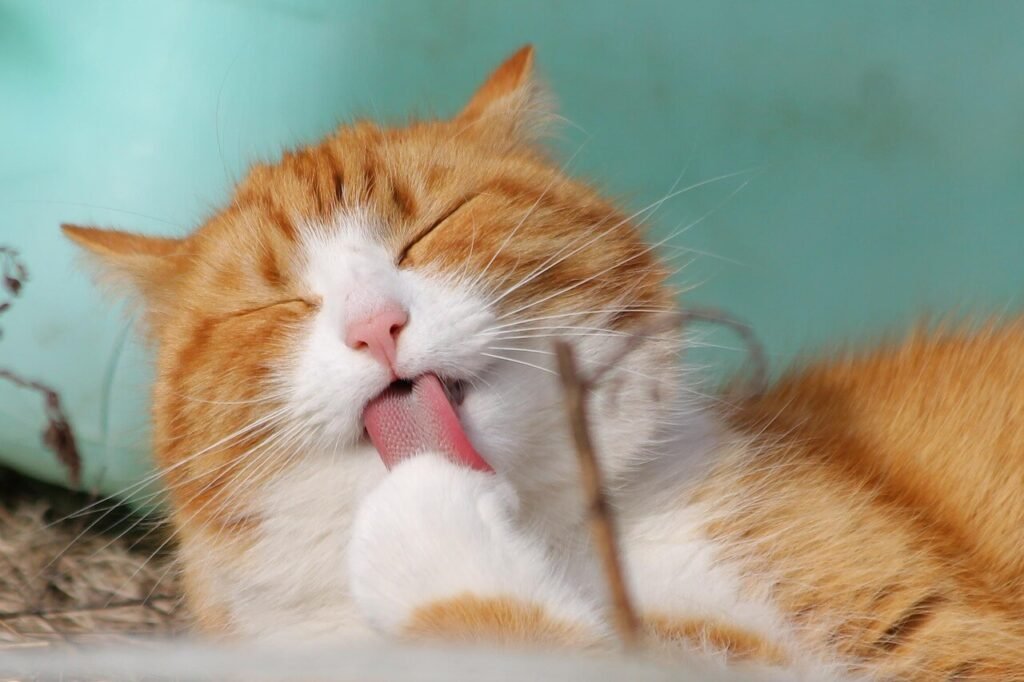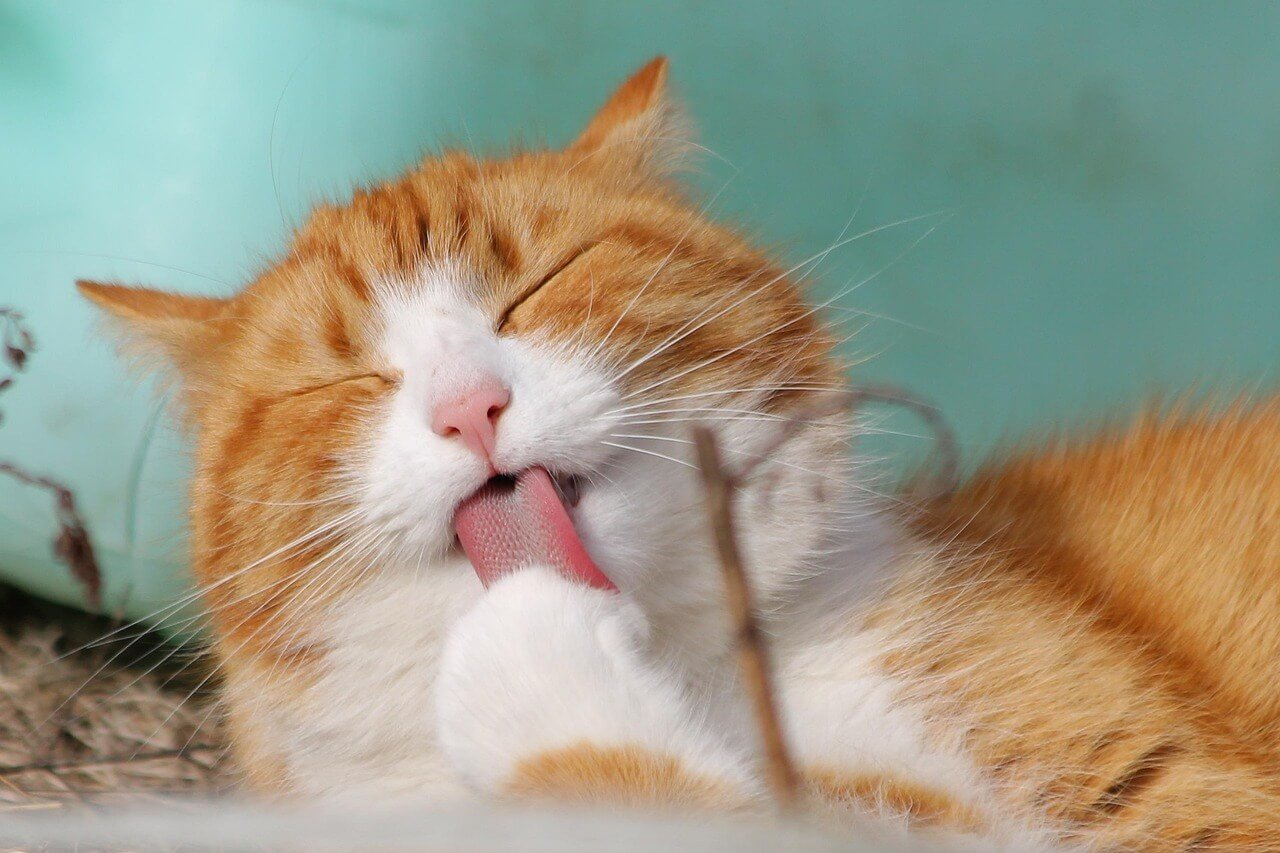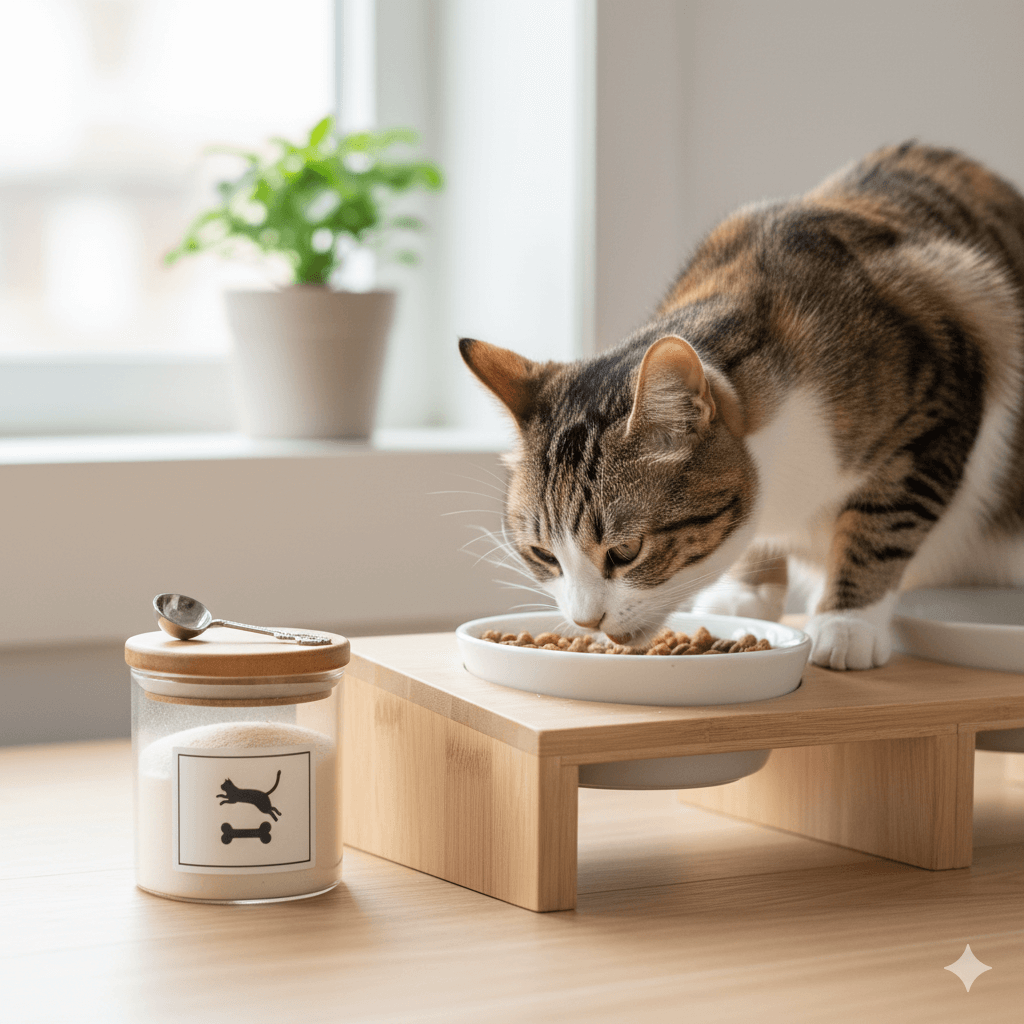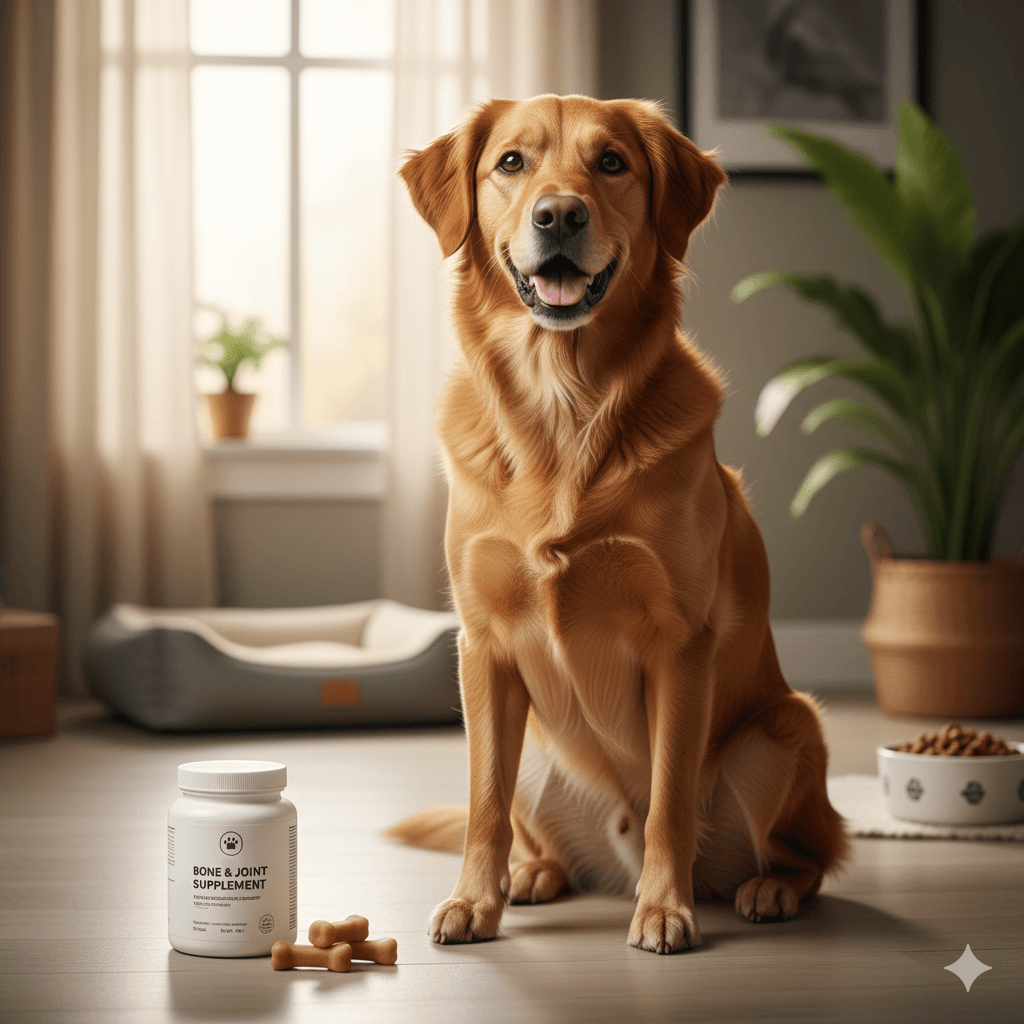How Much Does Cat Food Cost Per Month? Breaking Down the Expenses
Feeding your feline friend is one of the most important aspects of pet ownership, but it can also be a significant expense. Whether you’re a first-time cat owner or simply budgeting for your furry companion, understanding how much cat food costs per month is essential. The price of cat food varies depending on factors like brand, quality, dietary needs, and portion sizes. In this blog post, we’ll explore these variables to help you estimate your monthly expenses and make informed decisions about your cat’s nutrition. Let’s dive in and uncover what influences the cost of feeding your beloved pet.
Factors That Influence the Cost of Cat Food
The cost of cat food isn’t a one-size-fits-all figure. Several factors contribute to how much you’ll spend each month. Here’s a breakdown of the key considerations:
Type of Cat Food
Dry kibble is generally more affordable than wet or canned food, but it may not always meet your cat’s nutritional preferences.Brand Reputation
Premium brands often come with a higher price tag due to their focus on high-quality ingredients and specialized formulas.Cat’s Age and Health Needs
Kittens, senior cats, and those with health conditions like obesity or allergies may require specialized diets that cost more.Portion Size and Feeding Guidelines
Larger cats or those with higher activity levels may need more food, increasing monthly expenses.Frequency of Meals
Cats fed multiple small meals throughout the day may consume more food than those on a twice-daily feeding schedule.
Understanding these factors can help you anticipate your monthly spending and choose the best options for your cat’s needs. By balancing cost and quality, you can ensure your pet enjoys a healthy diet without breaking the bank.
Average Monthly Costs of Cat Food by Category
To give you a clearer picture of how much cat food might cost, here’s an overview of average monthly expenses based on different categories:
Budget-Friendly Dry Food
Basic dry kibble typically costs between $10 and $20 per month, making it an economical choice for many cat owners.Mid-Range Wet Food
Wet food from mid-range brands can cost between $20 and $40 per month, depending on the frequency and portion size.Premium Dry Food
High-quality dry food with premium ingredients may range from $30 to $50 monthly.Specialty Diets
Prescription diets or grain-free options can cost upwards of $50 per month, especially for cats with specific health needs.Combination Feeding
Mixing dry and wet food offers variety but can increase costs, often ranging from $30 to $60 monthly.
These averages provide a helpful starting point for estimating your expenses. Keep in mind that prices may vary depending on your location and the retailer you choose.
Check this guide 👉How Many Cans of Cat Food Per Day? Best 7 Tips!
Check this guide 👉Homemade Wet Cat Food Recipes: Best 7 Expert Tips!

Category of Cat Food | Estimated Monthly Cost |
|---|---|
Budget-Friendly Dry Food | $10–$20 |
Mid-Range Wet Food | $20–$40 |
Premium Dry Food | $30–$50 |
Specialty Diets (Prescription) | $50+ |
Combination Feeding | $30–$60 |
Tips for Reducing Your Cat Food Expenses
Feeding your cat doesn’t have to drain your wallet. With a few smart strategies, you can save money while still providing nutritious meals. Here are some practical tips:
Buy in Bulk
Purchasing larger bags of dry food or bulk cases of wet food can often reduce the cost per serving.Look for Sales and Discounts
Keep an eye out for promotions, coupons, or loyalty programs offered by pet stores.Compare Prices
Check prices across different retailers to find the best deals on your preferred brands.Consider Store Brands
Many pet stores offer their own branded cat food, which is often more affordable than name brands.Avoid Overfeeding
Stick to recommended portion sizes to prevent waste and ensure your cat maintains a healthy weight.
By implementing these strategies, you can keep your monthly cat food expenses manageable without compromising on quality or nutrition.
Hidden Costs to Consider When Budgeting for Cat Food
While the cost of cat food itself is the primary expense, there are additional factors to consider when planning your monthly budget. Here’s what you should keep in mind:
Treats and Supplements
Snacks, dental chews, and supplements like omega-3 oils can add to your overall spending.Food Storage Solutions
Investing in airtight containers or food storage systems may incur an initial cost but helps preserve freshness.Veterinary Recommendations
Your vet may suggest specific diets or brands, which could be pricier than standard options.Delivery Fees
If you order cat food online, delivery charges or subscription fees might apply.Unexpected Diet Changes
Switching to a new food due to allergies or health issues can temporarily increase costs as you test different options.
Being aware of these hidden costs allows you to plan more effectively and avoid surprises when budgeting for your cat’s care.
Signs Your Cat May Need a Diet Change
Cats can’t verbally tell us when their food isn’t meeting their needs, but they often show signs that indicate it’s time for a diet change. Observing these cues can help you adjust their meals to better suit their health and preferences. Here are some common signs to watch for:
Weight Gain or Loss
Sudden changes in your cat’s weight may signal that their current diet isn’t balanced or appropriate for their activity level.Lack of Energy
If your cat seems unusually lethargic or disinterested in play, their food might lack essential nutrients.Digestive Issues
Frequent vomiting, diarrhea, or constipation can indicate that your cat’s food isn’t agreeing with them.Dull Coat or Skin Problems
A lackluster coat or persistent skin issues may suggest deficiencies in fatty acids or other key nutrients.Food Avoidance
If your cat consistently refuses to eat their food, it could mean they dislike the taste or texture.
These signs highlight the importance of paying attention to your cat’s behavior and physical condition. Addressing dietary concerns promptly can improve their overall well-being.
Ways to Introduce New Cat Food Gradually
Switching your cat’s food requires patience and care to avoid upsetting their digestive system. A gradual transition is key to ensuring they adapt smoothly. Here are some steps to guide you through the process:
Mix Old and New Food
Start by blending a small amount of the new food with the old food, gradually increasing the ratio over 7–10 days.Monitor for Reactions
Keep an eye on your cat’s behavior and digestion during the transition to spot any adverse reactions early.Offer Treats as Motivation
Use healthy treats to encourage your cat to try the new food and associate it with positive experiences.Stick to a Consistent Schedule
Maintain regular feeding times to minimize stress and help your cat adjust more easily.Consult Your Vet
If your cat has specific health needs, ask your vet for guidance on transitioning to a new diet safely.
By taking a gradual and thoughtful approach, you can make the switch to new food a smooth and stress-free experience for your cat.
Benefits of Feeding High-Quality Cat Food
Investing in high-quality cat food can have numerous benefits for your pet’s health and happiness. While it may come at a higher cost, the long-term advantages often outweigh the initial expense. Here are some key benefits to consider:
Improved Digestion
High-quality food is easier for cats to digest, reducing the risk of gastrointestinal issues like vomiting or diarrhea.Better Weight Management
Nutrient-dense formulas help maintain a healthy weight, preventing obesity-related health problems.Enhanced Immune Function
Premium ingredients support a stronger immune system, keeping your cat healthier overall.Healthier Skin and Coat
Foods rich in omega-3 and omega-6 fatty acids promote a shiny coat and reduce skin irritation.Increased Energy Levels
Balanced nutrition provides the energy your cat needs to stay active and playful throughout the day.
Choosing high-quality food is an investment in your cat’s longevity and quality of life. While it may require a larger upfront cost, the benefits make it a worthwhile choice for many pet owners.
Frequently Asked Questions About Cat Food Costs
How much does the average cat eat per day?
Most cats eat about ¼ to ½ cup of dry food or one 3-ounce can of wet food daily, depending on their size and activity level.
Is wet food better than dry food for cats?
Both have pros and cons. Wet food provides more hydration, while dry food is convenient and cost-effective. A mix of both is often ideal.
Can I feed my cat human food to save money?
Some human foods are safe for cats, but relying on them isn’t nutritionally balanced. Always consult your vet before making substitutions.
Why is premium cat food more expensive?
Premium brands use high-quality ingredients, avoid fillers, and often include specialized formulas tailored to specific health needs.
How can I tell if I’m overfeeding my cat?
Signs of overfeeding include weight gain, sluggishness, and excessive begging for food. Stick to portion guidelines to avoid this issue.
Final Thoughts: Balancing Cost and Quality for Your Cat’s Nutrition
Feeding your cat is both a responsibility and an opportunity to show love through thoughtful choices. While the cost of cat food per month can vary widely, understanding the factors that influence expenses empowers you to make informed decisions. By prioritizing quality, managing portion sizes, and exploring budget-friendly options, you can provide your feline companion with the nourishment they need without overspending. Remember, your cat’s health and happiness are worth every penny, but smart planning ensures you stay within your means. With these insights, you’re ready to tackle the challenge of feeding your furry friend in the best way possible!
Understanding Bone Supplement for Cats: Best 7 Expert Tips! – Safe, vet-approved guidance for strong feline bones & balanced nutrition.
Bone Supplement for Dogs: Best 7 Expert Tips! – Expert guide to calcium, collagen & bone health for every life stage.
Understanding Can Cats Get Sunburn: Best 7 Expert Tips! – Protect your feline from UV damage with vet-backed prevention strategies.
How to Train a Seizure Alert Dog: Best 7 Expert Tips! – Learn expert-backed steps to nurture natural instincts into reliable, life-saving seizure alerts.





